Hierarchy and Characteristics of Life
1/39
There's no tags or description
Looks like no tags are added yet.
Name | Mastery | Learn | Test | Matching | Spaced |
|---|
No study sessions yet.
40 Terms
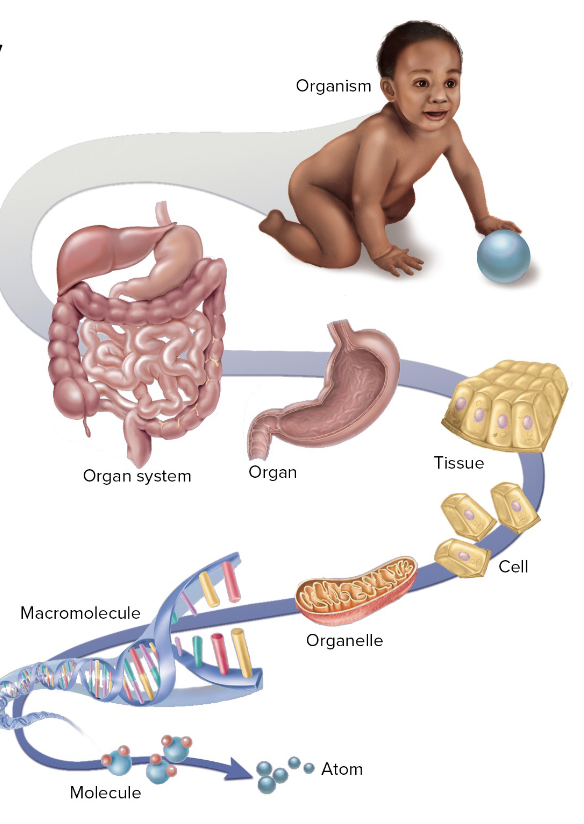
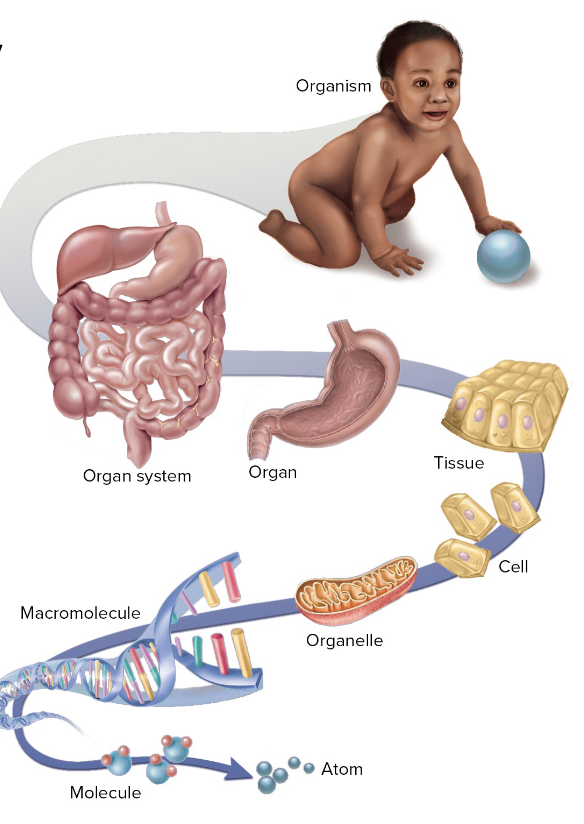


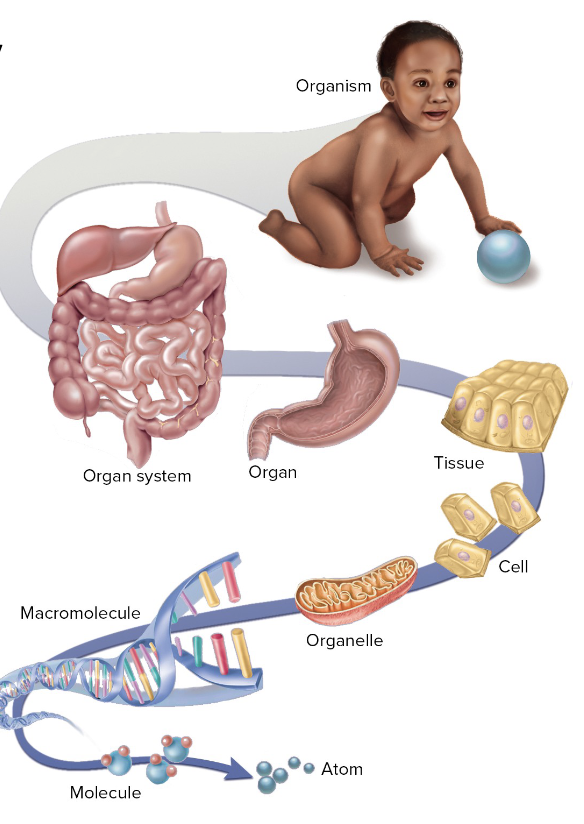
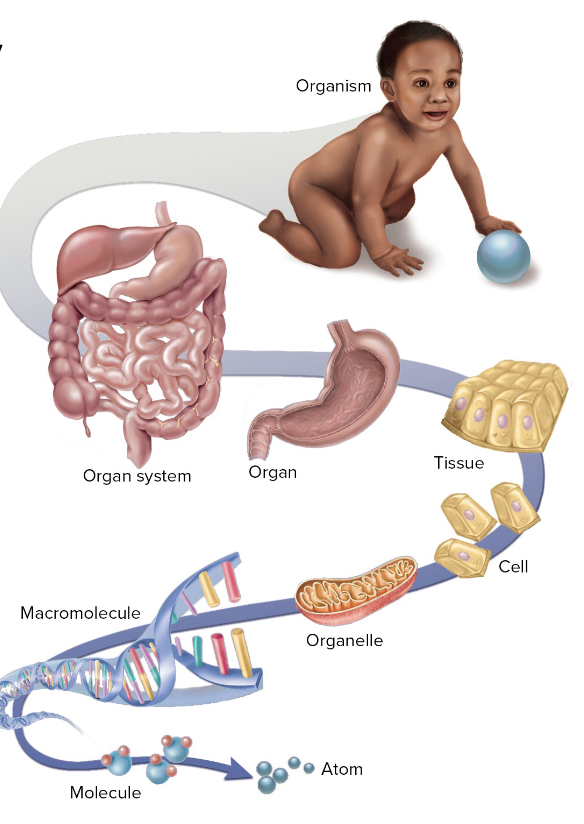
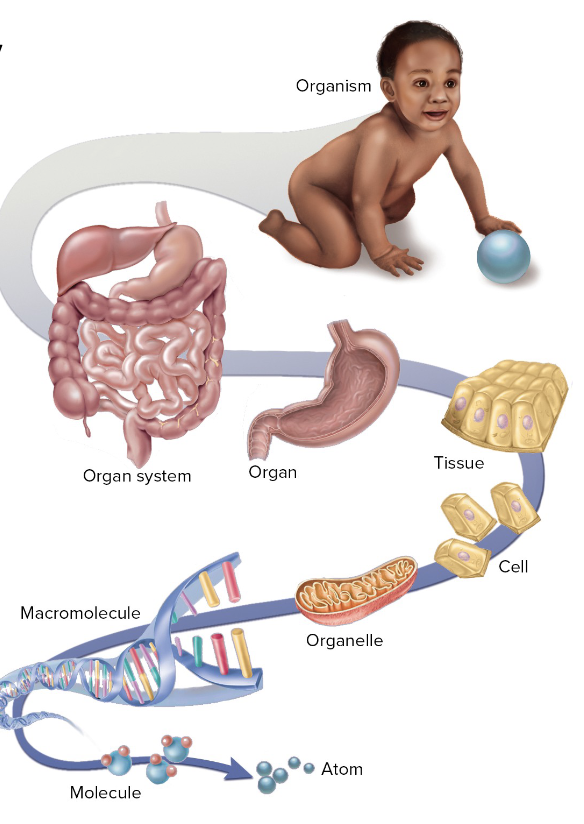
macromolecules
largest molecules (proteins, fats, DNA)
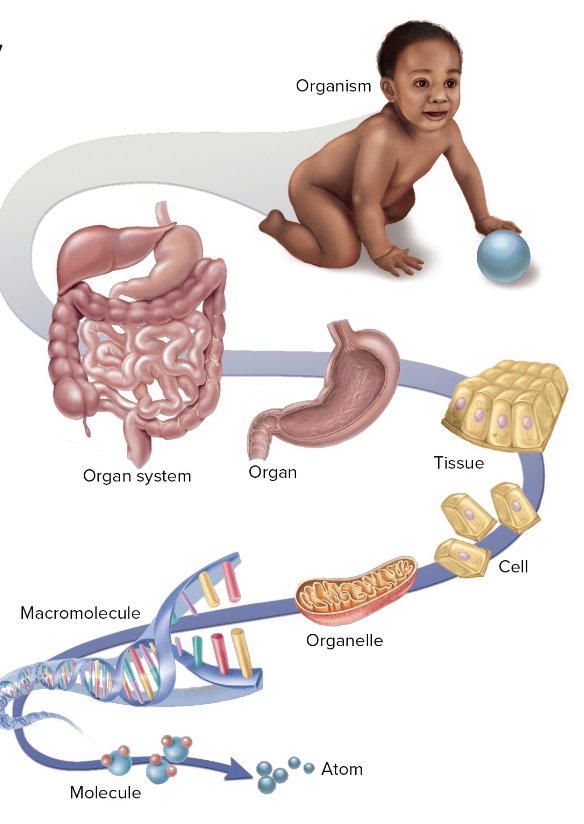
(1871-1925)
created the term homeostasis to describe the body’s ability to stay balanced
explained fight or flight response
ex: the body reacts to stress (like danger) by speeding up the heart, raising blood pressure, and preparing for action.
(1813-1878)
Father of Modern Physiology
discovered that the body keeps its internal environment stable, which is necessary for survival — even when the outside world changes ==> Homeostasis
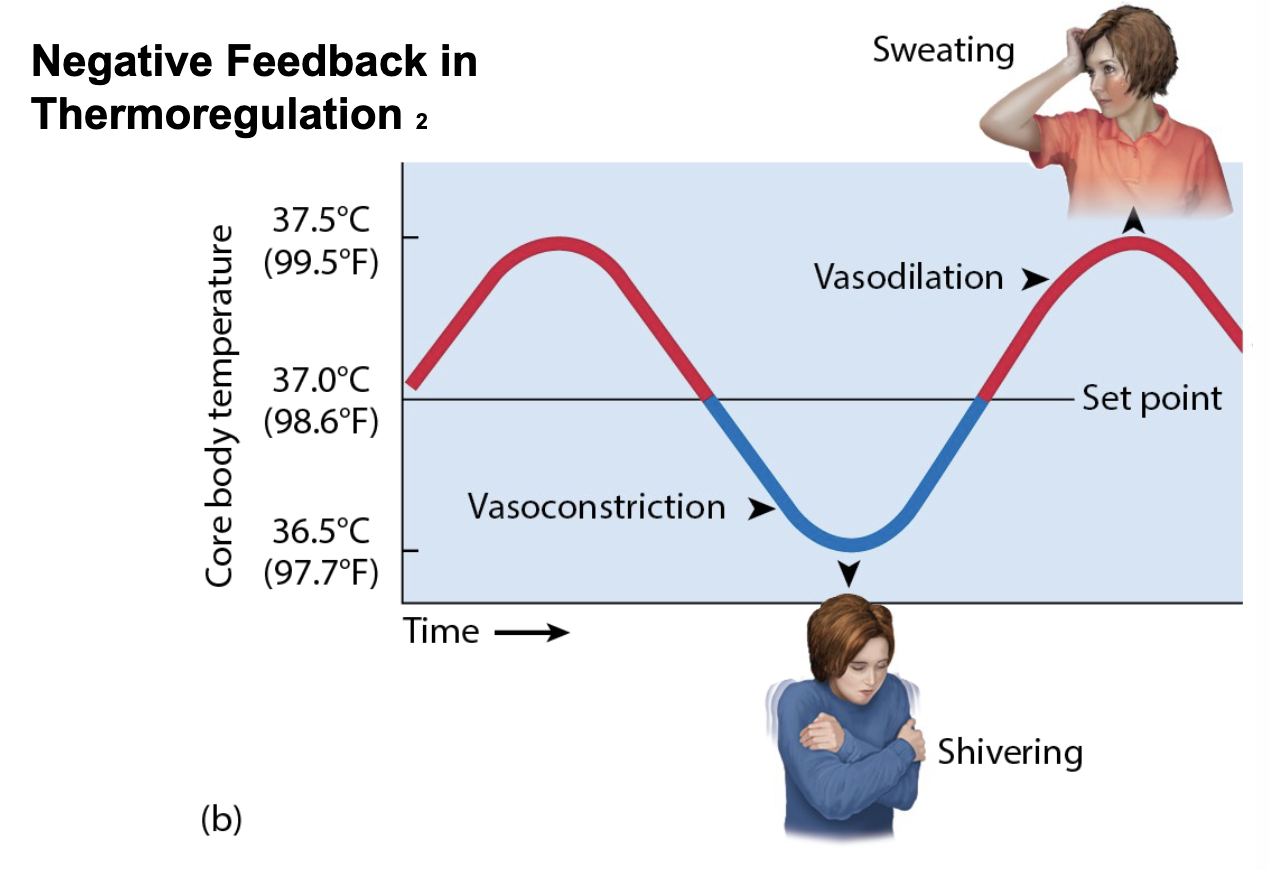
Negative feedback
the body senses a change and negates it
dynamic equilibrium within a limited range around a set point
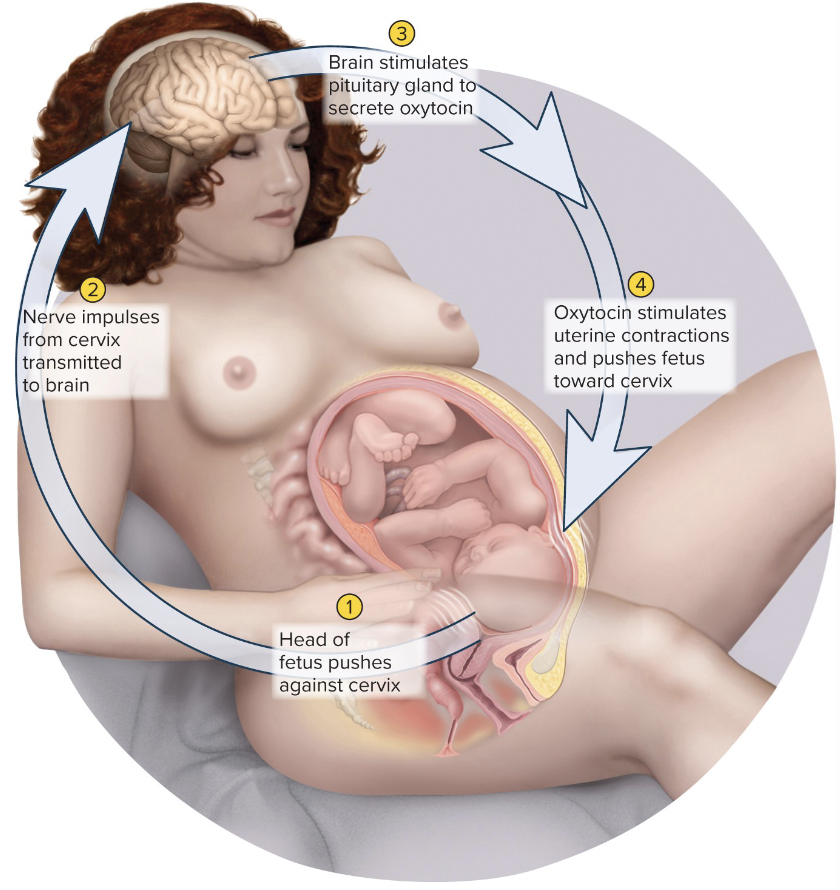
Positive feedback
leads to greater change in the same direction
ex: childbirth, blood clotting, protein digestion, and generation of nerve signals
Loss of homeostatic control =>
death or illness


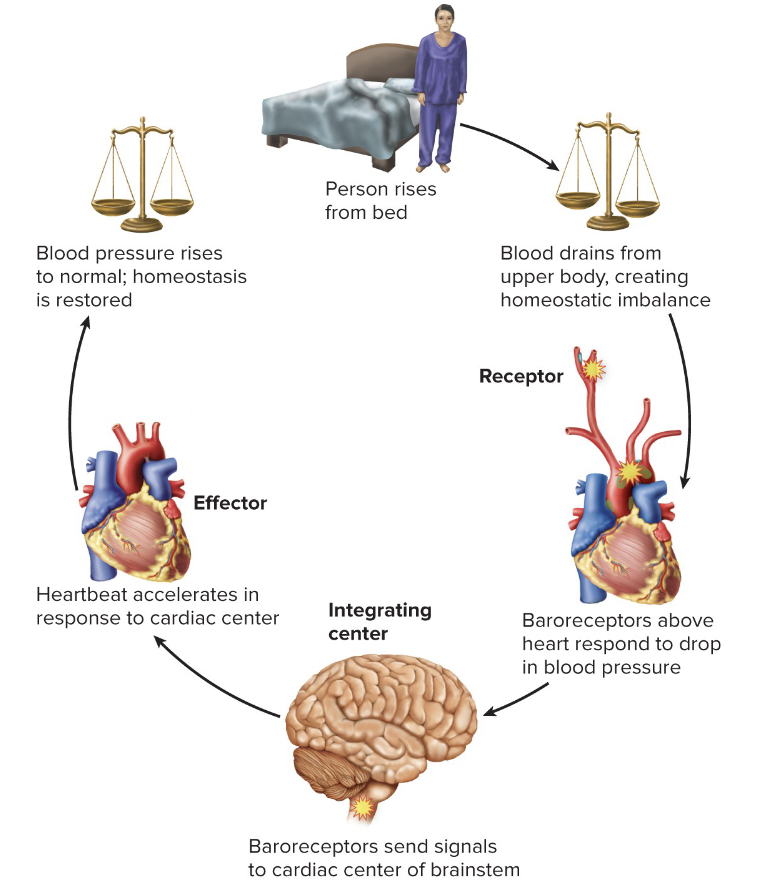
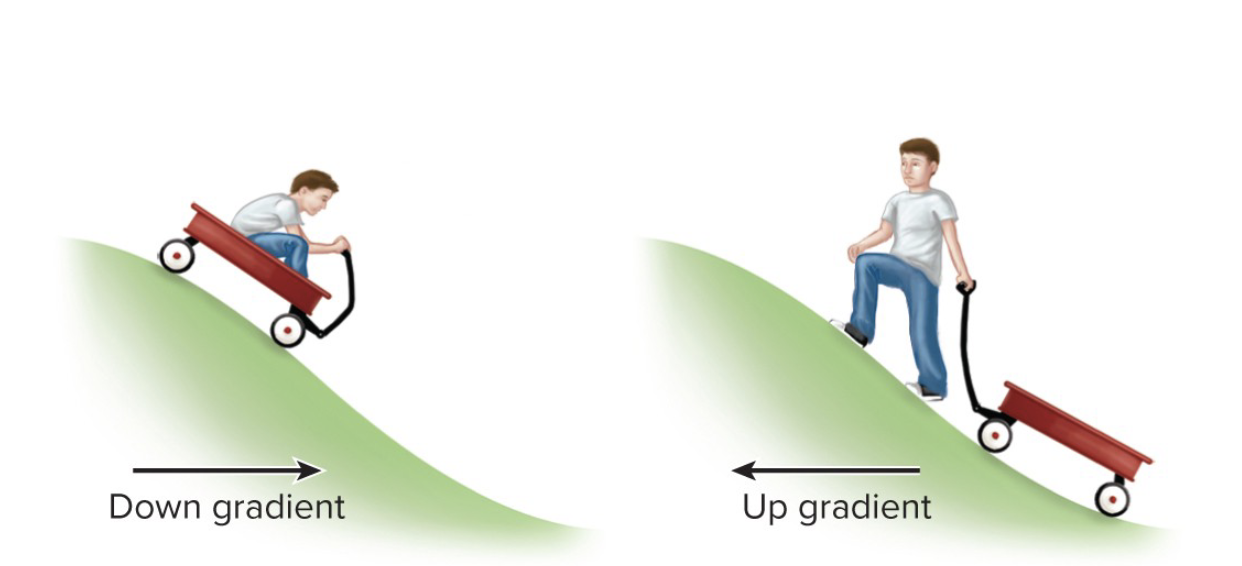
Gradient
difference in chemical concentration, charge, temperature, or pressure between two points
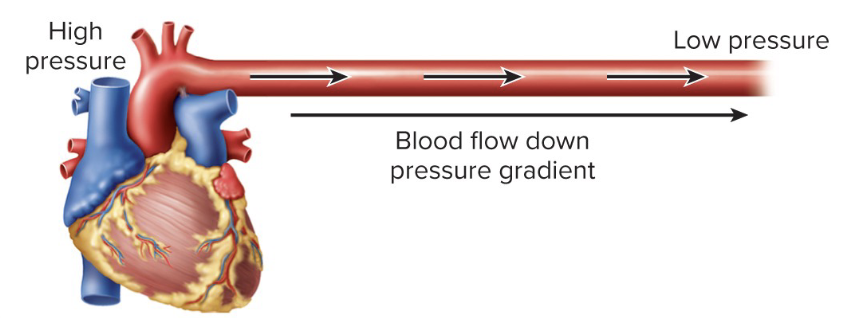
Pressure Gradient

Concentration Gradient
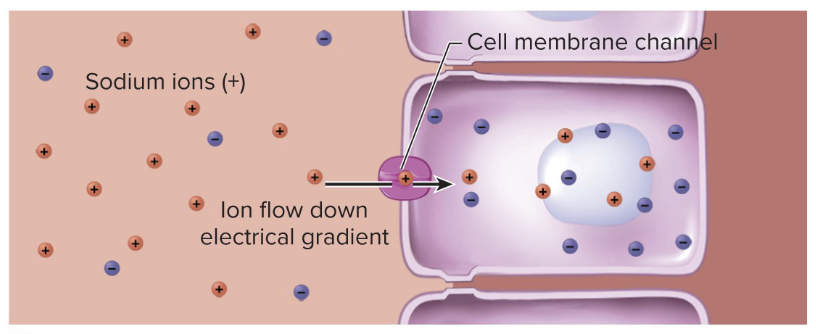
Electrical Gradient
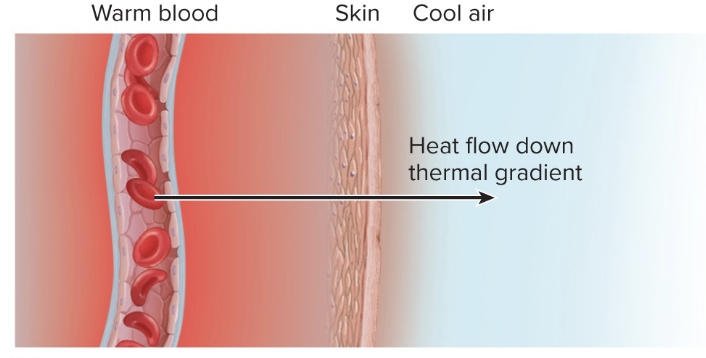
Thermal Gradient